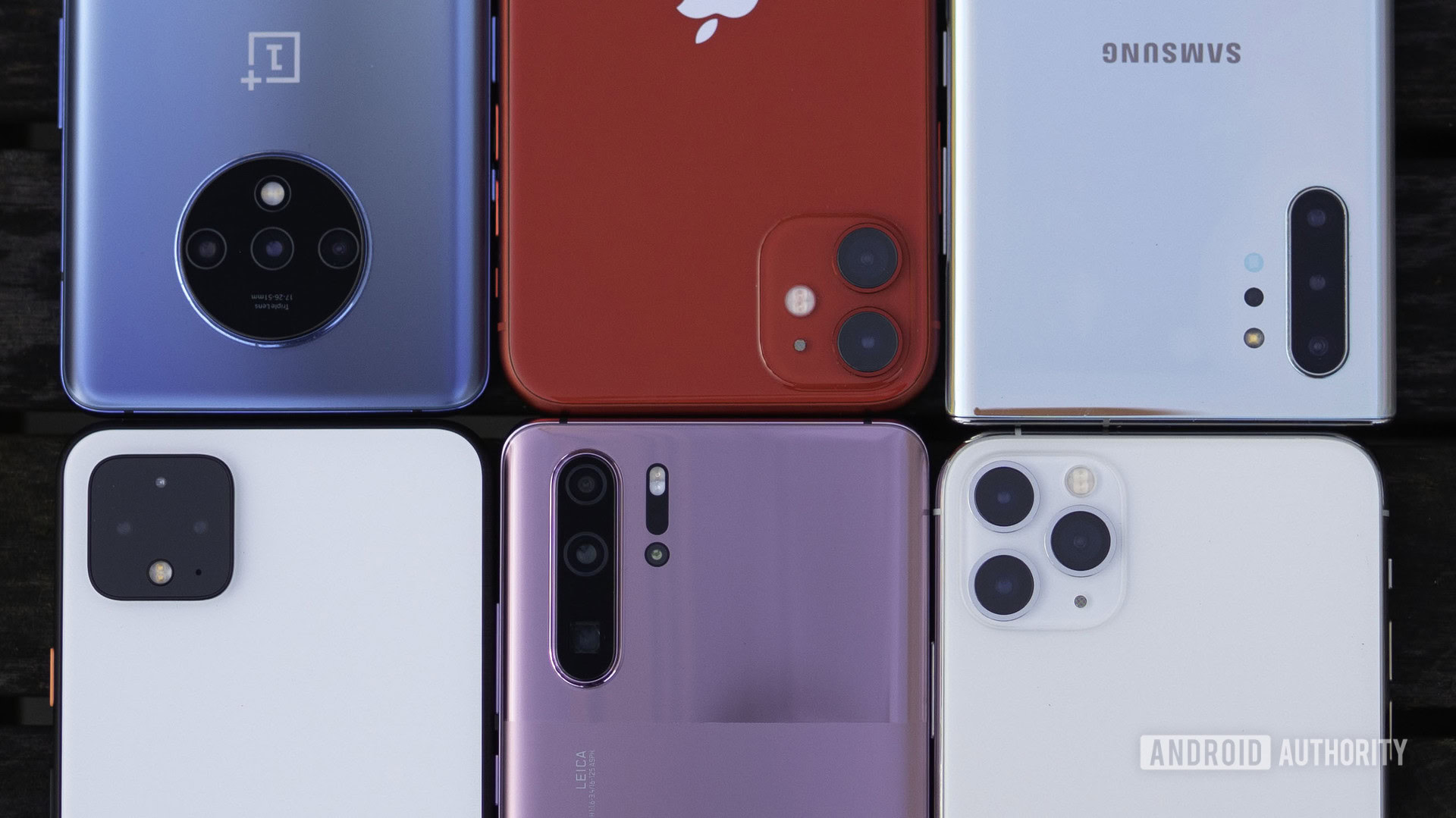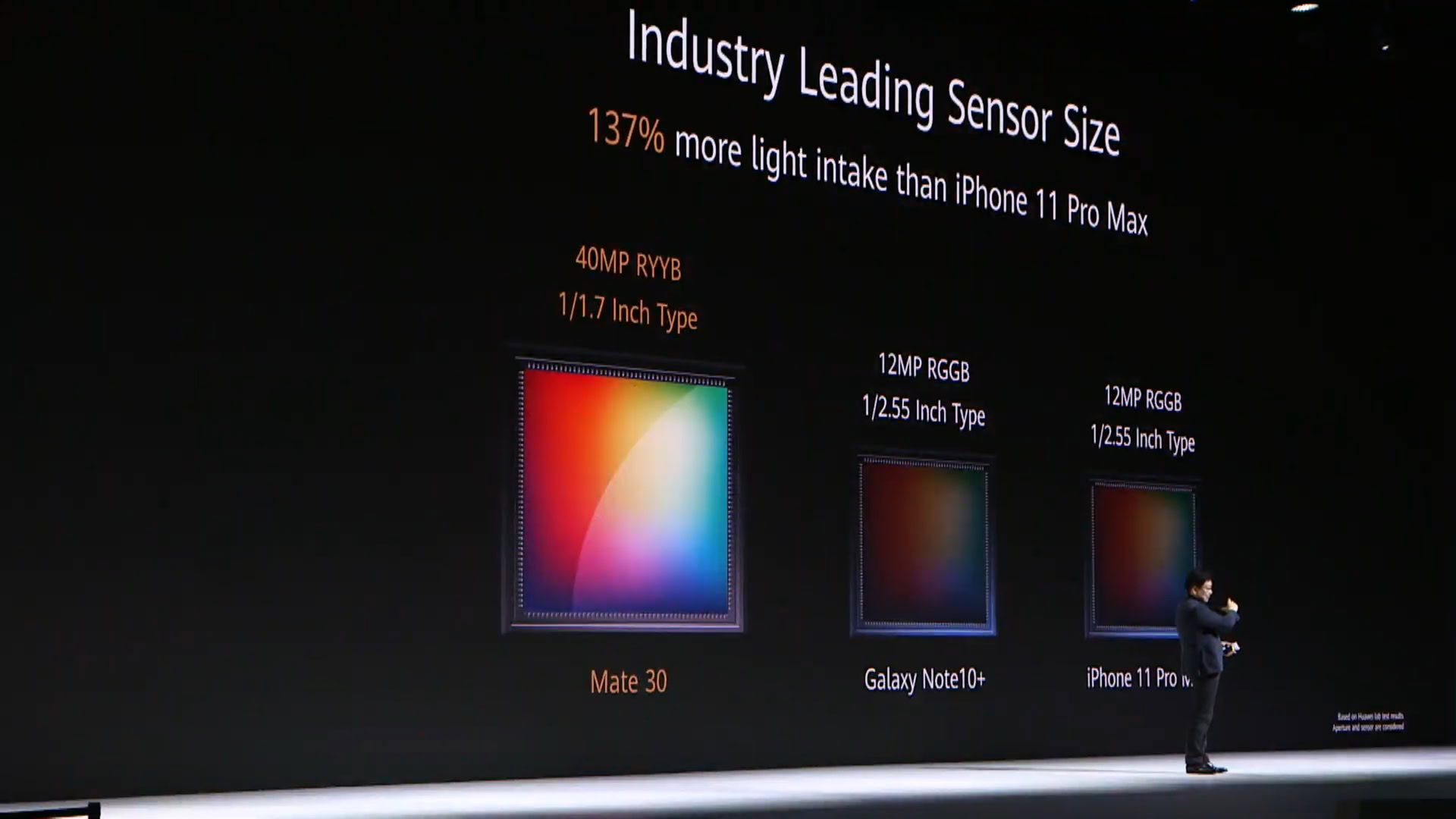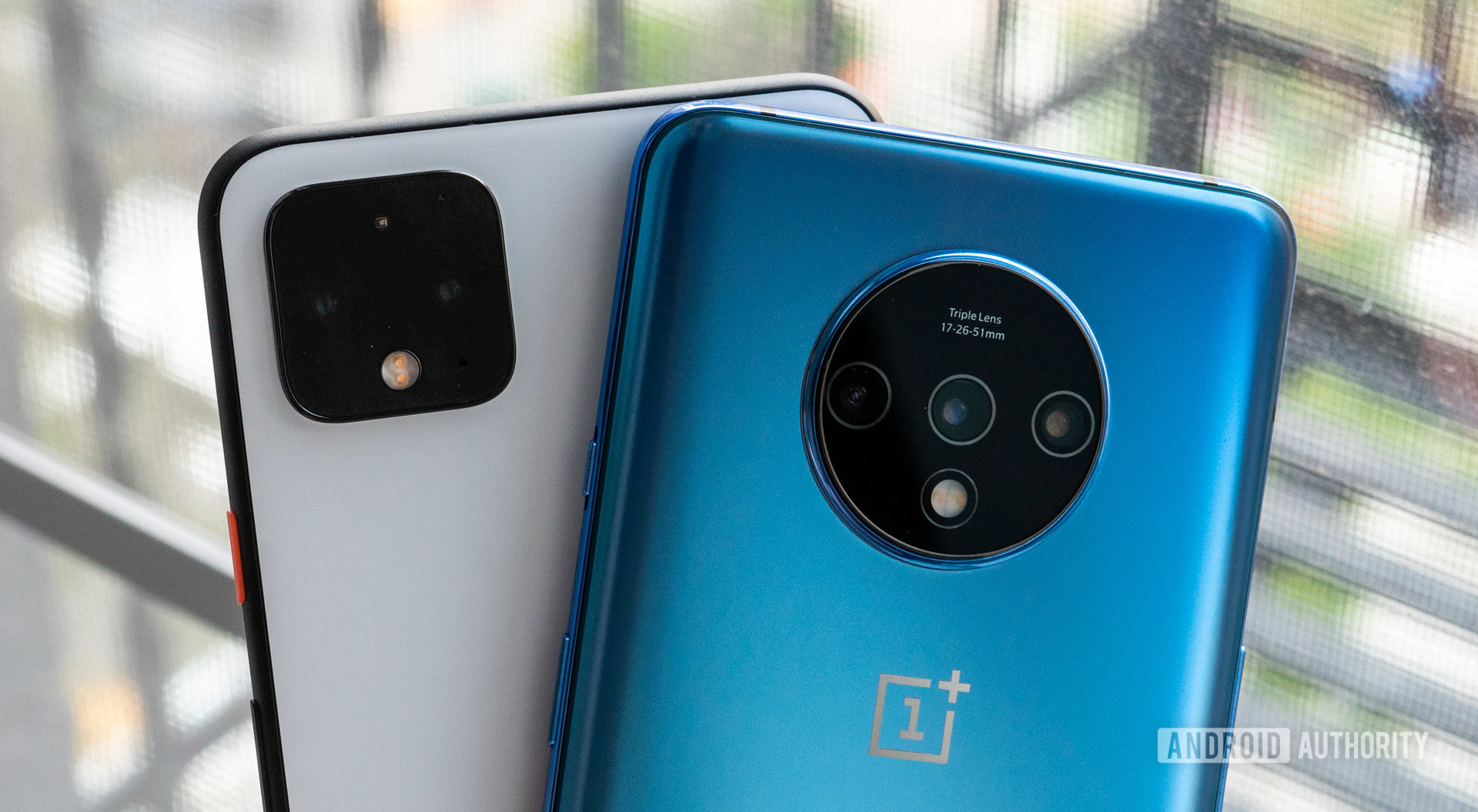Affiliate links on Android Authority may earn us a commission. Learn more.
How are smartphone cameras becoming so good in low light?

Since the P20 Pro, HUAWEI’s flagship phones consistently rank as some of, if not the best, smartphones around for low-light photography. The latest Mate 30 Pro won praise for improving this formula further, but has stiff competition from Google’s new Pixel 4, which also boasts excellent low-light photography capabilities.
Samsung’s Galaxy flagships offer good low-light results too and it’s an increasingly important feature in the race to produce the best smartphone camera. Especially given that shots in good lighting already look excellent. Let’s investigate exactly what companies are doing to produce such great low light shots.
It starts in hardware
The key to taking great pictures in the dark is to capture as much light as possible with the camera sensor. That’s more easily said than done with small smartphone sensors versus a DSLR. There are three key parts of all camera systems that help with this light capture: the quality and size of the lens opening (aperture), the size of the sensor and its pixels, and, of course, exposure time. Phone manufacturers have a few tricks up their sleeves for each of these factors.
Wider aperture = more light
The first is offering a wide aperture. The HUAWEI P20 Pro and Mate 20 Pro started at f/1.8, while the P30 Pro and Mate 30 Pro have an even wider f/1.6 aperture. The Samsung Galaxy Note 10 has a switchable f/1.5-2.4 aperture, the Google Pixel 3 is f/1.8 while the Pixel 4 moves to f/1.7, and the iPhone 11‘s aperture is also f/1.8.
With more light entering the camera, the best way to capture this light is with a bigger sensor.
A wider lens opening allows more light to hit the sensor, but high-quality, wide, small lenses are very difficult to build without introducing lens distortion. Hence why not every manufacturer offers such wide apertures. Wide apertures also produce a slightly softer depth of field effect, making the cameras look nice in macro, but they’re not necessarily the best for keeping focus in landscape shots.
Aperture is just part of the picture, as phones like the OnePlus 7 Pro match HUAWEI’s aperture but aren’t as good in low light. Next up is the size of the image sensor.
Larger sensors and pixel binning
With more light entering the camera, the best way to capture this light is with a bigger sensor. A bucket analogy is usually invoked at this point, and it’s a pretty decent way to think about collecting light. The bigger the bucket, the more light collected in a smaller time frame and thus better low-light pictures. In other words, you can get away with a shorter exposure and lower ISO, resulting in less blurry and grainy pictures even in dim light.
HUAWEI has been leading the way with larger image sensor sizes. The last two generations of P and Mate series phones include a 1/1.7-inch sensor. This is notably larger than many of HUAWEI’s rivals, such as Apple, Google, and Samsung, which opt for 1/2.55-inch sensors. HUAWEI claims its sensor captures 137% more light than the iPhone 11 Pro Max. If accurate, this clearly has big implications for the amount of light captured in the dark.

However, HUAWEI’s sensor features 40 megapixels, compared to the 12 megapixels typically offered by its rivals. This makes each individual pixel 1.0µm in size, compared to the 1.4µm of its smaller sensor rivals. At face value, this suggests that HUAWEI’s rivals will offer lower noise in low light. However, HUAWEI’s image sensor uses a technique known as pixel binning or quad Bayer filter technology. It’s not a true 40MP 1.0µm sensor, but rather closer to an enhanced 10MP 2.0µm sensor.
Pixel binning is becoming an increasingly popular camera technology. You’ll find it in flagships from HUAWEI and OnePlus, through to mid-range and low-cost phones from realme and HONOR. In theory, this allows photographers to have the best of both worlds – a high-resolution mode for daylight and larger pixels for low light. However, pixel binned cameras certainly don’t retain all their quality when switching into the full resolution mode, as our testing of the 64MP realme XT camera points out.
What really matters is the size of the individual pixels. Apple, Google, and Samsung have settled on 1.4µm as the sweet spot and achieve great results. HUAWEI is pushing the boat out further with large 2.0µm pixels, albeit with a quad-Bayer filter laid over the top.
The art of mixed and long exposure
The original Google Pixel’s HDR+ technology laid the foundation for today’s low-light techniques. HDR+ combines multiple exposures together, improving the detail in highlights in both well and dimly lit shots. With the P20 Pro, HUAWEI introduced its own “one-shot HDR” technology that is useful for low light as well. This takes the pixel binned 10MP image for color information but uses the 40MP worth of pixels for exposure. Half of the pixels shoot with long exposure and the other half use a short exposure. The luminance data is combined to produce an HDR result with just a single rather than multiple images.
The same year, HUAWEI and Google launched their own long-exposure Night modes. This technique combines several short- and long-exposure images together to provide even more dynamic and well-lit night shots. You just need steady hands to hold still for several seconds.
The original Google Pixel's HDR+ technology laid the foundation for today's low-light techniques.
Multiple exposure or Night modes are now mainstream camera app options. No longer reserved for flagship phones, you can find plenty of inexpensive phones offering the same idea. However, results do vary based on the quality of the camera and the software algorithms. Night mode can’t fix a poor low-light camera, but it can turn passable pictures into exceptional pictures. Google arguably leads the way here with the implementation of Astrophotography in the Pixel 4.
Fancy new sensor technology
While all of the technologies mentioned so far can be found across lots of devices, the next bit of technology is currently a HUAWEI exclusive.
With the P30 series, HUAWEI replaced its traditional RGGB camera color filter technology with a new RYYB SuperSpectrum camera filter designed to help capture improved luminance information. In a nutshell, HUAWEI’s SuperSpectrum sensor replaces the traditional red-green-blue (RGB) color filter with a red-yellow-blue (RYB) filter. This filter type captures more light but uses different colors filters to those found in the final image.
The key to understanding this approach is that yellow filters capture both green and red color data. So overall it captures a wider range of light. However, the trade-off is that algorithms have to recover the green data from the yellow light. This is certainly doable, but it’s a tricky process that doesn’t always get the colors quite right. HUAWEI has made big improvements in this regard between the P30 and Mate 30 Pro.
Taking great pictures in low light requires a combination of solid hardware fundamentals and specialized software.
This technology certainly isn’t strictly necessary to take good low-light shots. However, it enables the HUAWEI P30 and Mate 30 series to take exceedingly bright and detailed low-light shots without the need for Night mode. So there’s less risk of blur from unsteady hands or moving objects in the scene.

Low light performance hinges on many factors
Taking great pictures in low light requires a combination of solid hardware fundamentals and specialized software. Smartphone manufacturers are increasingly improving their cameras in this regard, with superior lenses and sensors. Software algorithms also play a huge role, managing exposure, denoising an image without removing detail, and improving the quality of multiple exposure night modes.
Flagship smartphones, particularly those from Google and HUAWEI, excel in nearly all of these technological areas, producing consistently great-looking shots in less than ideal shooting scenarios. Some manufacturers are still getting to grips with these fundamentals, but don’t be surprised if we start seeing big leaps in the affordable markets soon. Low light is likely to continue to be the key battleground for smartphone camera quality over the coming year or more.
Camera shootout: Pixel 4 vs the best smartphone cameras around